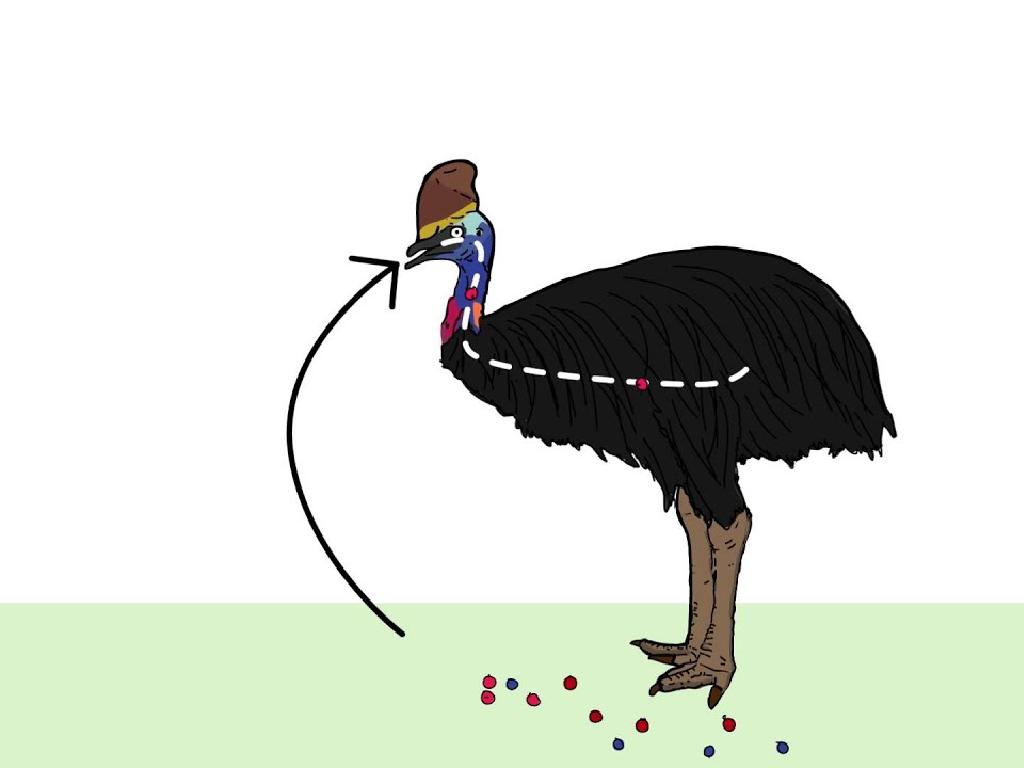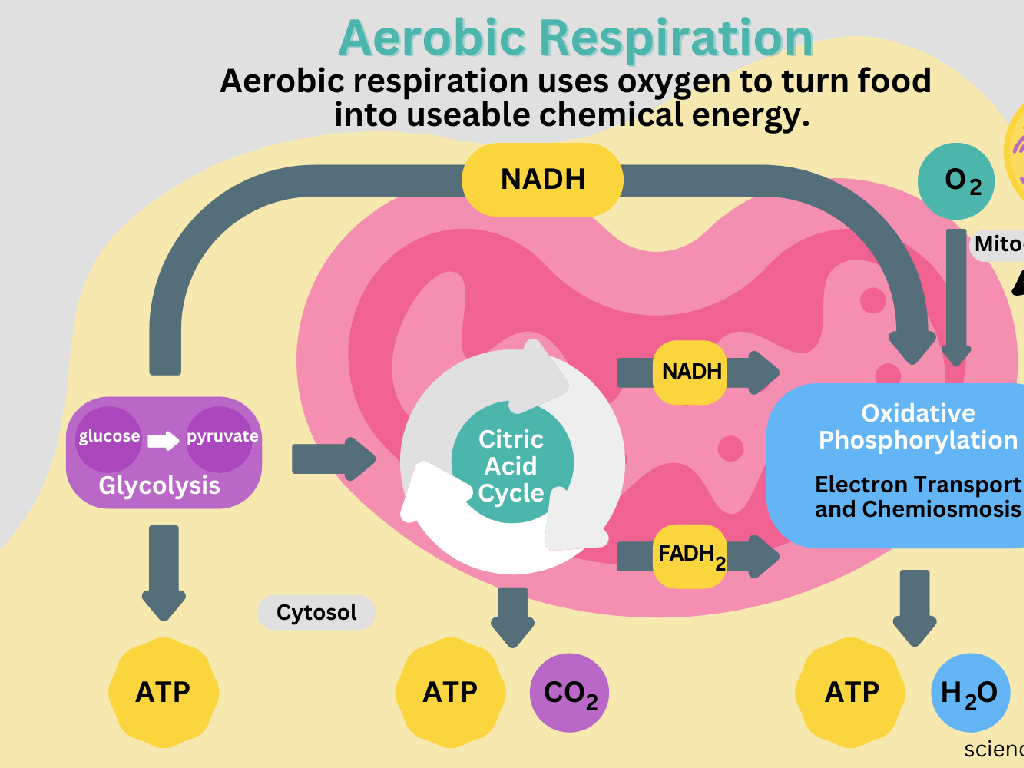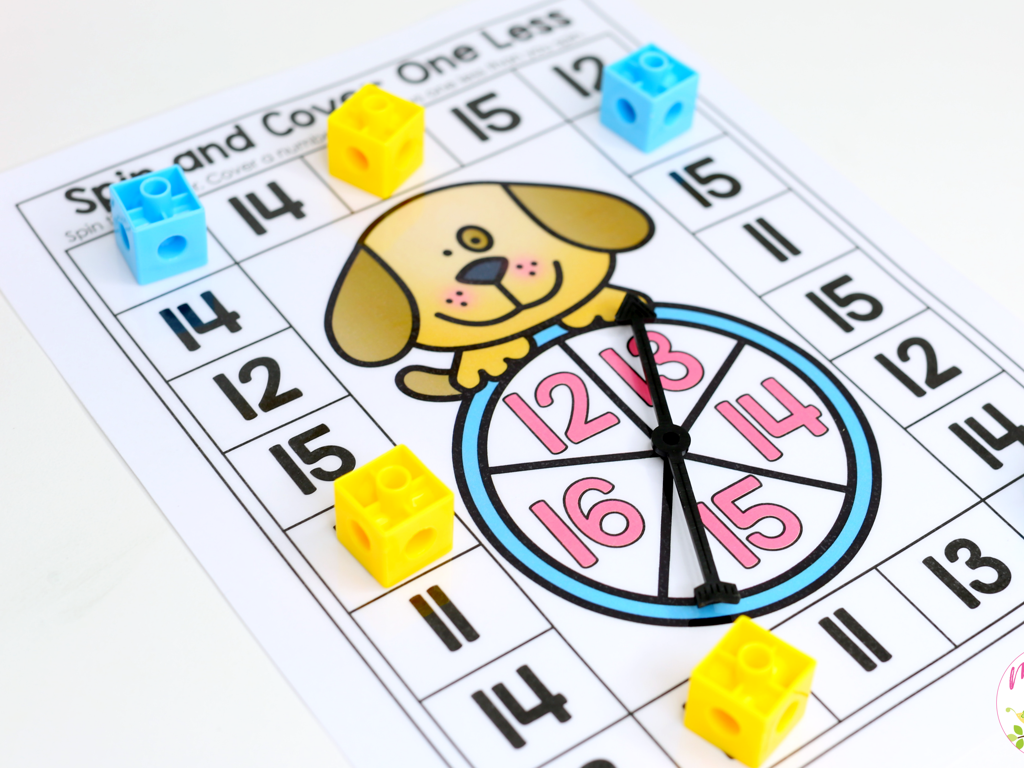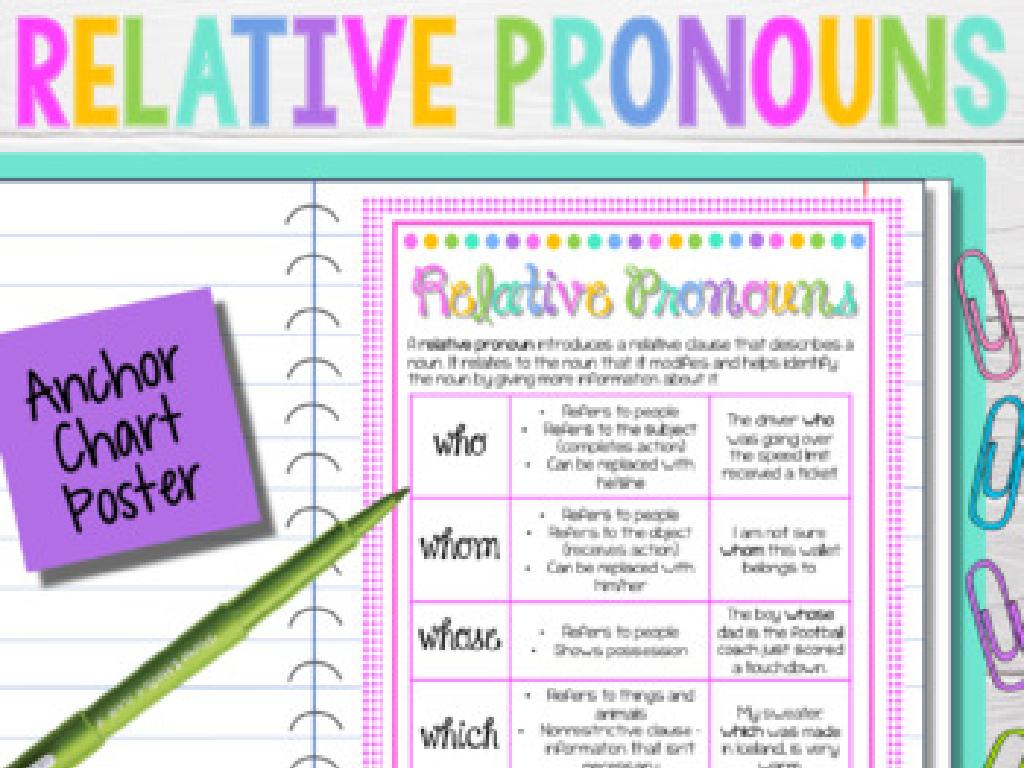Is The Syllable Open Or Closed?
Subject: Language arts
Grade: Second grade
Topic: Short And Long Vowel Patterns
Please LOG IN to download the presentation. Access is available to registered users only.
View More Content
Today’s Adventure: Short and Long Vowel Patterns!
– What’s a syllable?
– A syllable is a word part with one vowel sound.
– Open vs. Closed Syllables
– Open has a long vowel sound, closed has a short vowel sound.
– Reading gets easier!
– Discovering new words
|
This slide introduces the concept of syllables and how they can be open or closed, which affects the vowel sounds and thus the pronunciation of words. Understanding this concept will help students decode new words and improve their reading fluency. Emphasize the importance of recognizing syllable types as a tool for reading and understanding new vocabulary. Provide examples of both open (me, he) and closed (cat, dog) syllables and encourage students to clap out syllables to identify them in words. This foundational skill will be a stepping stone to more advanced reading abilities.
Exploring Syllables: Open or Closed?
– What’s a syllable?
– A word part with just one vowel sound.
– Clap to find syllables
– Each clap equals one syllable in a word.
– Practice with names
– Try with fun words!
– Examples: ‘but-ter-fly’, ‘choc-o-late’.
|
This slide introduces the concept of syllables to second graders. Begin by explaining that a syllable is a part of a word that contains a single vowel sound, which can be identified by clapping once for each syllable. Engage the class by practicing with their own names, as personalization aids learning. Then, move on to fun and familiar words, breaking them down into syllables together. This activity not only helps students understand syllables but also prepares them for distinguishing between open and closed syllables in future lessons. Make sure to walk around the classroom to listen to students’ clapping and provide guidance where necessary.
Exploring Open Syllables
– Open syllable ends in a vowel
– Like in ‘he’ or ‘we’, the ending is just the vowel sound.
– Vowel has a long sound
– It’s like the vowel gets to say its own name!
– Examples: ‘me’, ‘go’, ‘baby’
– ‘me’ as in ‘see me’, ‘go’ as in ‘let’s go’, ‘baby’ as in ‘crying baby’.
– Practice saying them aloud
|
This slide introduces the concept of open syllables to second graders. An open syllable is one that ends with a vowel sound, and that vowel is typically long it says its name, like the ‘o’ in ‘go’ or the ‘e’ in ‘me’. Use examples that are simple and familiar to the students. Have the class repeat the words after you to practice identifying the long vowel sounds. Encourage them to think of other examples and to listen for the long vowel sounds in words they encounter in their reading.
Understanding Closed Syllables
– Closed syllable ends in a consonant
– Vowel has a short sound
– It’s short, like ‘a’ in ‘apple’
– Examples: ‘cat’, ‘top’, ‘basket’
– ‘cat’ (a), ‘top’ (o), ‘basket’ (a and e)
– Practice listening for short sounds
– Try saying words out loud to hear it
|
This slide introduces the concept of closed syllables to second graders. A closed syllable is one that ends with a consonant, resulting in the vowel having a short sound, as opposed to a long sound where the vowel ‘says its name.’ Use examples like ‘cat’, ‘top’, and ‘basket’ to illustrate closed syllables with short vowel sounds. Encourage the students to say these words out loud and listen for the short vowel sounds. During the class, you can conduct activities where students identify closed syllables in words and practice pronouncing them to reinforce the concept.
Let’s Find Open and Closed Syllables!
– Learn to split words into syllables
– Open syllables have long vowel sounds
– Like ‘he’ in ‘hero’, the vowel ‘e’ sounds like its name
– Closed syllables have short vowel sounds
– Like ‘cat’, the ‘a’ is short because it’s followed by a consonant
– Class activity: Splitting words on the board
– We’ll practice together with different words in front of the class
|
This slide introduces the concept of open and closed syllables as part of understanding vowel sounds. Start by explaining what a syllable is and how to identify them in words. Then, describe the difference between open and closed syllables, emphasizing the vowel sounds. For the activity, prepare a list of words and have students come up to the board to split them into syllables, identifying them as open or closed. This interactive approach will help reinforce the lesson and make it more engaging. Possible words for the activity: tiger, robot, music, paper, lemon. Rotate students so everyone has a chance to participate.
Practice Time: Open or Closed Syllables?
– Receive your syllable worksheet
– Split words into syllables
– Break the words at the vowel-consonant junction
– Determine open or closed syllables
– Open has a long vowel sound, closed has a short
– Circle the correct answer
– Use your knowledge to choose the right type
|
This activity is designed to reinforce the lesson on open and closed syllables. Students will practice breaking down words into syllables and identifying whether each syllable is open (ending in a vowel, with a long vowel sound) or closed (ending in a consonant, with a short vowel sound). Provide examples on the board for reference, such as ‘me’ (open) and ‘met’ (closed). Encourage students to say the words out loud to better hear the vowel sounds. This hands-on practice will help solidify their understanding of syllable types and how they relate to vowel sounds.
Game Time: Syllable Sort!
– Play ‘Syllable Sort’ game
– Work in pairs with word cards
– Create ‘Open Syllable’ pile
– Open syllables end in a vowel, and the vowel sounds long
– Create ‘Closed Syllable’ pile
– Closed syllables end in a consonant, and the vowel sounds short
|
This interactive game is designed to help students understand the difference between open and closed syllables as part of learning about short and long vowel patterns. Provide students with word cards and instruct them to work in pairs to sort the words into two piles based on syllable type. For the Open Syllable Pile, students should look for words where the syllable ends in a vowel and the vowel sound is long (e.g., ‘me,’ ‘go’). For the Closed Syllable Pile, they should find words where the syllable ends in a consonant, making the vowel sound short (e.g., ‘cat,’ ‘dog’). This activity will reinforce their understanding of syllable types and vowel sounds. As a teacher, circulate the room to assist pairs as needed and ensure they are correctly identifying syllable types. Prepare to discuss common challenges or misconceptions in the next class.
Class Activity: Create Your Own Words!
– Team up to invent words
– Use open and closed syllables
– Open syllable ends in a vowel, closed ends in a consonant
– Draw a picture for a word
– Illustrate the meaning of your created word
– Get ready to present!
|
This activity is designed to help students understand the concept of open and closed syllables by creating their own words. Open syllables end in a vowel and have a long vowel sound, while closed syllables end in a consonant and have a short vowel sound. Encourage students to work in pairs to foster collaboration. Provide examples of open (me, go) and closed (cat, dog) syllables to guide them. After creating words, students should draw a picture that represents one of their words, which will help in visualizing and remembering the syllable types. During the presentation, ask students to explain why they classified their syllables as open or closed. This will reinforce their understanding and allow for peer learning.
Review and Goodbye!
– Recap open vs. closed syllables
– Open syllables end in a vowel with a long sound, e.g., ‘me’.
– Importance of syllable types
– Knowing the difference helps in reading and spelling words correctly.
– Praise for today’s effort
– Encourage home practice
– Try finding syllables in your favorite books!
|
Today’s lesson focused on distinguishing between open and closed syllables, a key concept in understanding short and long vowel sounds. Recognizing these syllable types is crucial for accurate pronunciation and spelling. As we wrap up, reinforce the day’s learning by summarizing the characteristics of open and closed syllables. Emphasize the importance of this knowledge in reading and writing. Acknowledge the students’ hard work and progress in today’s class and encourage them to continue practicing by identifying syllables in words during their reading time at home. This will help solidify their understanding and improve their reading fluency.






